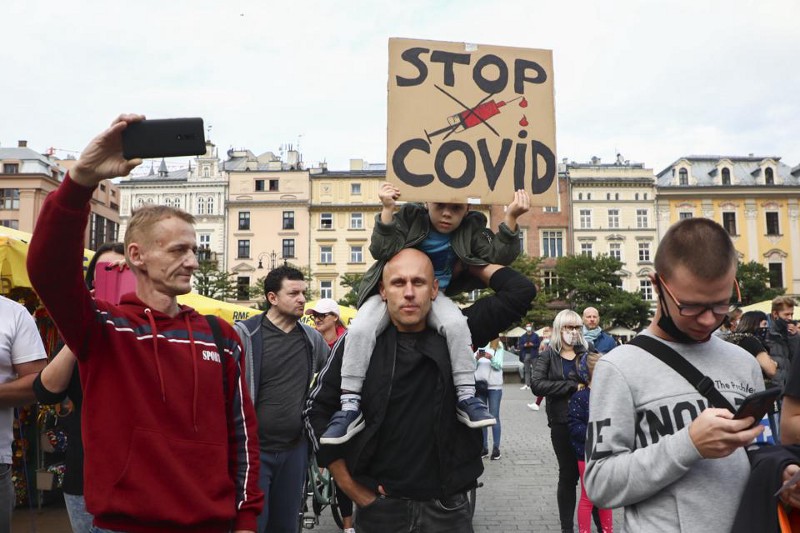Proactive preparedness for H1N1
The most important thing for pandemic preparedness is for the public to be knowledgeable, ready to take steps to avoid contracting the virus, avoid spreading the virus, and mitigate its effects as much as possible.
The first step to avoid contracting the flu virus is to get immunized. This should be an annual habit. The standard flu vaccine is available, and recommended each fall. Additionally, a vaccine for the H1N1 virus is anticipated to be ready by mid-October. Health officials at the CDC are encouraging the public to get both immunizations. They also recommend that the young—those between 6 months and 24 years old—get priority for receiving such shots. Te more people who receive the immunizations, the better the virus will be contained and its effects minimized.
A flu shot is not a guarantee, however. It’s important to ward off the virus on many fronts. Part of the strategy ought to include an emphasis on simple steps. Hand washing, thorough hand washing, is the secondary line of defense to support vaccinations. Good hygiene habits, at home and in public, are also important. Children will need frequent reminders not to share their food with friends, and to cover their mouths and noses with their elbows (NOT their hands!) if they sneeze. Additionally, employees need to be ready and willing to stay home once there’s an indication that they’re sick, and parents need to do the same with their children. Finally, as much as possible, people should try to stay out of the hospital. Often it’s not the original virus you contract that makes you sick, but the fact that your weakened immune system leaves you susceptible to other infections. Hospitals, by their very function, are rife with bacteria that are often resistant to antibiotics.
All this information should not make you panicky, but rather careful, cautious, and proactive in fighting off the deadly flu.





